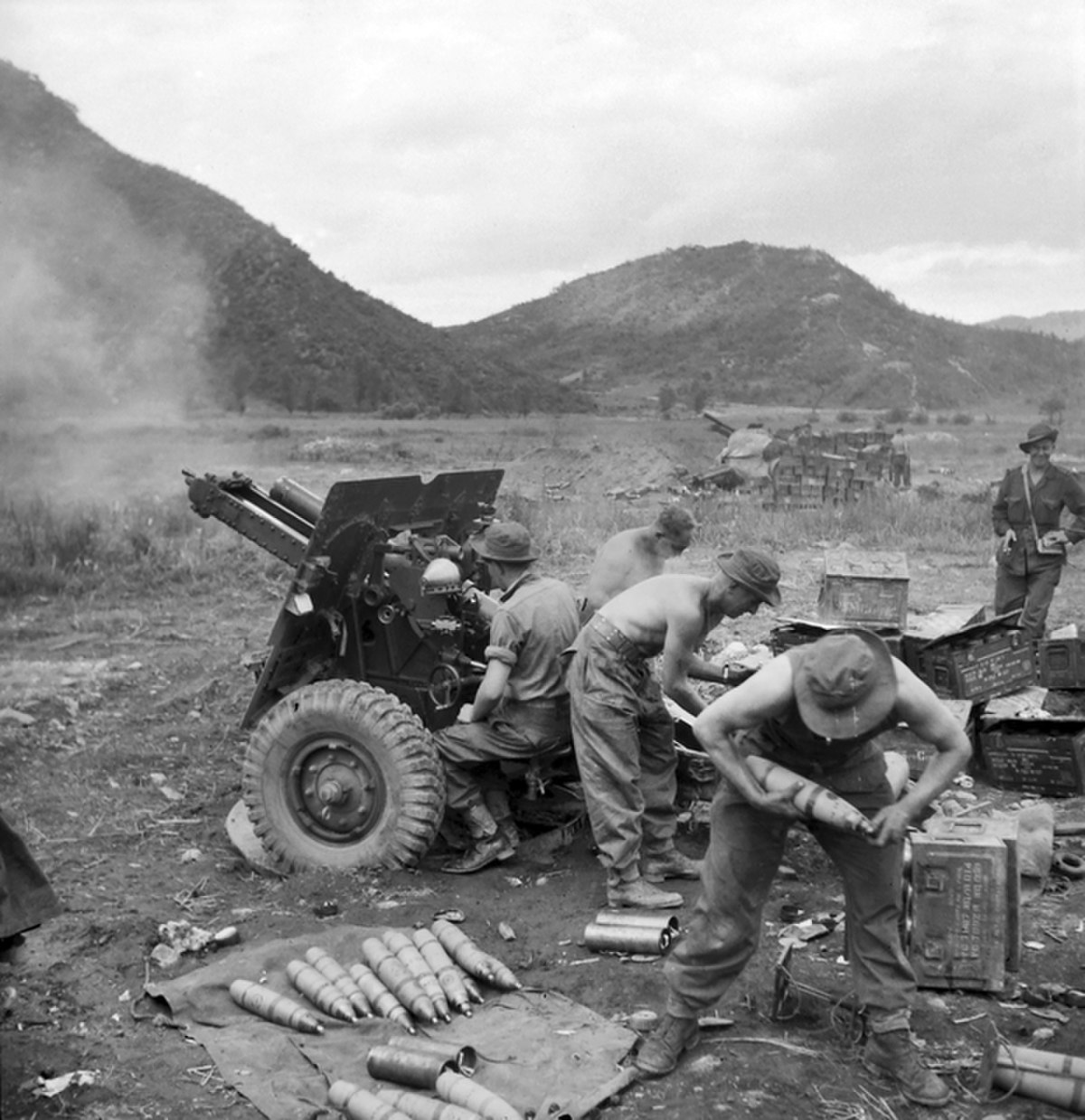
Battle of Kapyong
Gapyeong County, Gyeonggi-do,The Battle of Kapyong was fought between UN forces — primarily Canadian, Australian, and New Zealand—and the 118th Division of the Chinese People's Volunteer Army (PVA). The fighting occurred during the Chinese Spring Offensive and saw the 27th British Commonwealth Brigade establish blocking positions in the Kapyong Valley, on a key route south to the capital, Seoul. The two forward battalions—the 3rd Battalion, Royal Australian Regiment and 2nd Battalion, Princess Patricia's Canadian Light Infantry, both battalions consisting of about 700 men each—were supported by guns from the 16th Field Regiment of the Royal Regiment of New Zealand Artillery along with a company of US mortars and fifteen Sherman tanks. These forces occupied positions astride the valley with hastily developed defences. As thousands of soldiers from the Republic of Korea Army (ROK) began to withdraw through the valley, the PVA infiltrated the brigade position under the cover of darkness, and assaulted the Australians on Hill 504 during the evening and into the following day.
Although heavily outnumbered, the Australian and American tanks held their positions into the afternoon of April 24 before they were withdrawn from the battlefield to positions in the rear of the brigade headquarters, with both sides having suffered heavy casualties. The PVA then turned their attention to the surrounded Canadians on Hill 677, whose encirclement prevented any resupply or reinforcements from entering. The Canadian 2 PCCLI were ordered to make a last stand on Hill 677. During a fierce night battle on April 24/25 the Chinese forces were unable to dislodge the 2 PPCLI and sustained enormous losses. The next day the PVA withdrew back up the valley in order to regroup, and the Canadians were relieved late on April 26. The fighting helped blunt the PVA offensive and the actions of the Australians and Canadians at Kapyong were critical in preventing a breakthrough against the UN central front, the encirclement of US forces in Korea, and ultimately the capture of Seoul. The Canadian and Australian battalions bore the brunt of the assault and stopped an entire PVA division estimated at 10,000-20,000 in strength during the hard-fought defensive battle.
